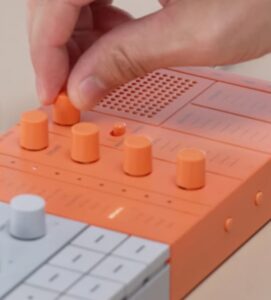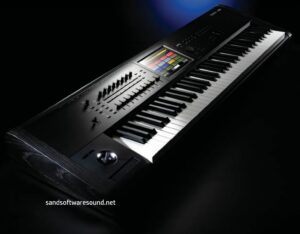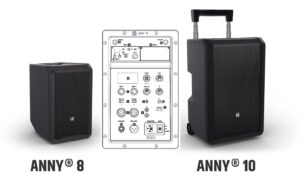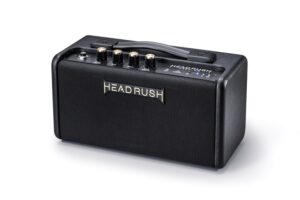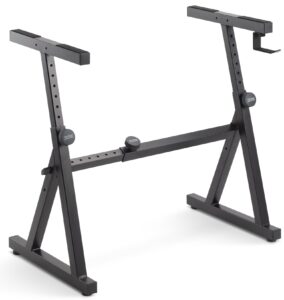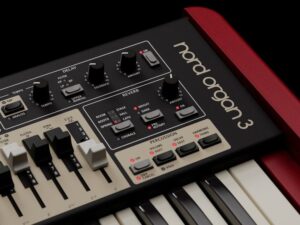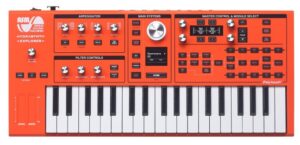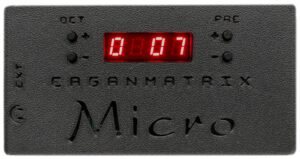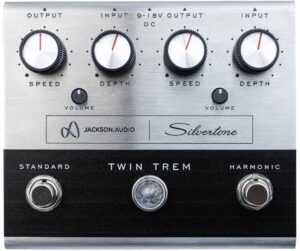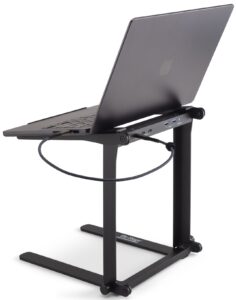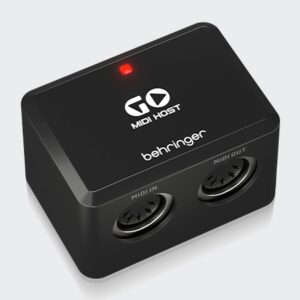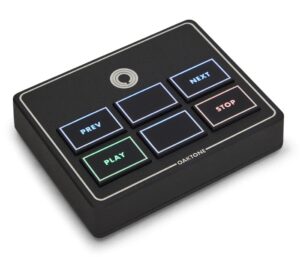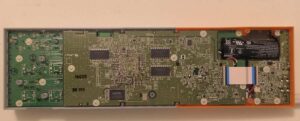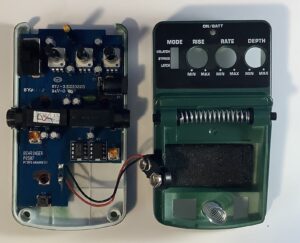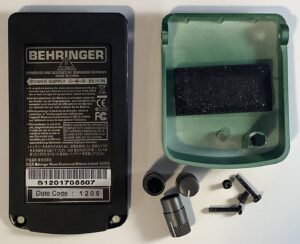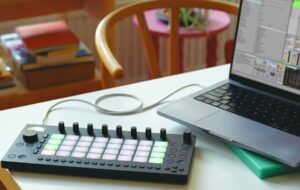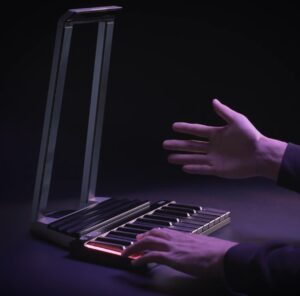I’m crafting a small pedal “board” to augment keyboard voices. Primarily, I want to enhance the sounds from a 1010Music Tangerine — a spiffy sampler that is rather light on internal effects (just delay and reverb). Discrete effect pedals appeal more than an all-in-one multi-effect which requires menu-diving. I want knobs and switches for interactivity.
Donner make a wide-range of inexpensive, mini pedals. We all like cheap, but how do they sound? How big are they, really, and how much do they weigh? I want my pedal board to be as small and light as possible — something that I can rest on top of a keyboard or controller.
Donner Mod Square II
I bought a Donner Mod Square II pedal in order to get a handle on these issues. For $40-$50 USD, you get a truly tiny pedal: 3.7″L x 1.7″W x 2″H. Even though it weighs only 8.8 ounces (250g), its small size makes it feel as dense as a neutron star. This little guy has heft!
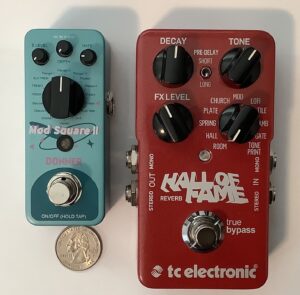
Donner Mod Square II size comparison
The Mod Square II implements several modulation effects: chorus, tremolo, phaser, flanger, wah. If one’s need for chorus is merely occasional, the Mod Square II would do nicely. Given the effects on the menu, the Mod Square II is a good way to sample a wide range of Donner’s goods.
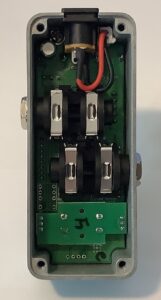
Donner Mod Square II inside
Build quality is good. The knobs have a nice amount of resistance. The foot switch is rugged. The jacks are tight and secured with a nut and washer.
The big knob turns an endless encoder and selects the effect type. It’s rugged enough although tromping on the switch might put too much force on the knob. Not a problem for me because I intend to work the pedal switches by hand. My main beef is the size of the small legends on the front panel; they are hard to read, especially in shadows. I’m not sure what Donner could do differently because this pedal is so darned small!
The sound
There are tons of on-line video reviews — for guitar. Here is my opinion about Mod Square II for electric piano, organ and clav.
As to electric piano, Mod Square II covers the basic food groups with TREM II, Chorus II, Flanger I and Phaser II being my favorites. Mod Square II offers at least two variations per major effect type: light and deep. The deep variations are too much for me. Dunno how a guitarist might feel, but I have heard some swimmy ambient music for which they might be appropriate.
As to organ, I’m quite disappointed in the Rotary effect. Not really surprised. Maybe Rotary is a Univibe simulation? It has an impossible to control throb and doesn’t sound remotely like a Leslie. For better or worse, the Rotary effect sucks down the high end and not in a displeasing way.
For organ, I’ll choose Chorus II, the deep chorus variation. Again, one cannot raise the DEPTH or RATE controls too high or you get an unappealing throb. Forget a fast rotary sound even with Chorus II.
As to clav, T Wah gets it right for funk. Auto Wah is a nice variation and sounds a little thinner/brighter than T Wah.
The other effect types like Lo-Fi, DLY+TREM and Flanger III, get into special effects territory. Lo-Fi does some serious crunch and destruction…
Verdict
I like the Donner Mod Square II. For 40 to 50 bucks, it sounds great and has several usable effect types/settings. The thing is so tiny that you could easily throw it into your gig bag (along with yet another wall wart) if you want to add some sonic sugar to your keyboard sound.
The plan
I plan to move ahead with Donner pedals for my mini-board project. My thought is to make an effects chain similar to the Yamaha CK series. The small size, quality and inexpensive price of these Donner pedals are irresistable.
The Yamaha CK effects flow looks something like:
--> DEL -->
| |
Voice --> VIB/CHO --> DRIVE --> MFX1 --> MFX2 --+-----------+--> EQ
| |
--> REV -->
Each of the CK’s parts has VIB/CHO, DRIVE, MFX1 and MFX2 stages. The delay (DEL), reverb (REV) and EQ stages are common to all parts (so-called “system effects”).
The MFX1 and MFX2 multi-effect blocks support several effect types: chorus, flanger, phaser, tremolo/rotor, distortion, compression/EQ, wah, delay, and reverb. Since there are two independent MFX blocks, the player can chain any two of these effect types. That’s pretty cool. I would be happy with only one MFX block. That’s where the Donner Mod Square II would fit.
Next up, I intend to buy and test an overdrive, delay and reverb pedal. That would be the Donner Blues Drive, Yellow Fall and Verb Square, respectively. An EQ stage could be handy, but we’ll see!
For more about my plans, see the Behringer UV300 pedal teardown.
Copyright © 2024 Paul J. Drongowski

